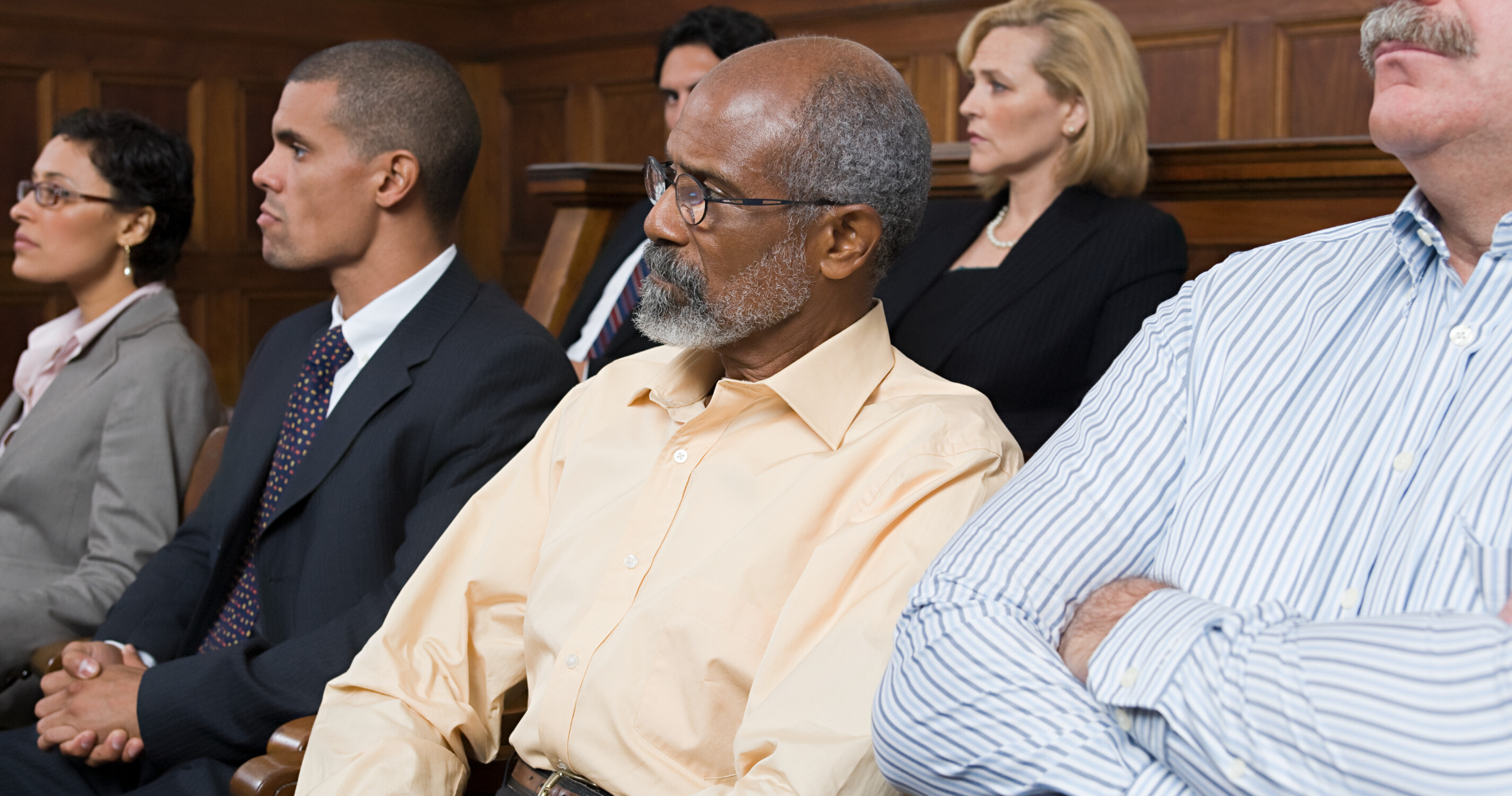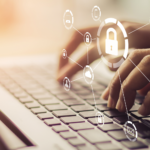Technology has come a long way in the legal realm in the past twenty years. Courts are now equipping their courtrooms to allow for the efficient presentation of evidence. In some instances, it is even required that counsel utilize these resources. For example, the Commercial Division of the New York State Supreme Court in New York County has featured a new technology-based courtroom when it announced its Courtroom 2000 initiative in 1996.1 The Commercial Division’s courtrooms offer televisions for presentations, a touch-screen monitor, resources for counsel to connect their laptops to the courtroom, among other fascinating, sophisticated equipment.2 These initiatives allow jurors to receive a flash drive to review documents instead a heavy load of boxes of documents.3 Electronic presentations of evidence have changed how courtrooms work and how counsel demonstrates arguments at trial.

Typically, electronic presentations were first used in cases where the amount of documentation was overwhelming, and the complexity of the case almost always called for infographics and visual descriptions.4 Electronic presentations manage time, save money, and make the presentation of evidence easier to follow. For instance, it saves at least 1/3 of court time and costs in jury trials. Judges have even frequently insisted that counsel use electronic presentations in court. Judges prefer saving court resources. It is undeniable that new-founded courtroom technology shortens the time required by trial by 30-40%.5
In addition, jurors are more likely to relate and better grasp concepts in presentation format. Namely, it might take 4+ minutes to locate a paragraph in a document via paper evidence while it takes 2-3 seconds to pull it up, electronically, with a presentation in which the whole jury can digest and appreciate at the same time.6 Additionally, the electronic presentation of evidence, rather than a physical demonstration, eliminates the need for counsel to furnish a copy to every single jury member, wait for each juror to read the document at their own pace, and then continue examining the witness.7 Jurors who hear electronic presentations of evidence in lieu of the alternative have commented that they are more likely to grasp concepts throughout trial, especially with complicated evidence like medical malpractice cases.8

Technology is here to stay and the way of the future, even in courtrooms. If counsel is ill equipped to manage their evidence and unable to create presentations that effectively show evidence, they are at a disadvantage before even going into trial. Take advantage of the electronic resources available to lawyers that are in place in courtrooms, long with seasoned trial technology support professionals, like LITeGATION. If you are overwhelmed with the amount of information that you have to consolidate into a readable presentation, outsource. There are legal technology firms ready to help you with your trial needs to make your job easier.
For more information about LITeGATION’s trial technology services, contact us at info@litegation.com.
- § 68:8.Trial technology—The 21st century courtroom, 4B N.Y.Prac., Com. Litig. in New York State Courts § 68:8 (4th ed.)
- Id.
- Id.
- Official Comm. of Unsecured Creditors ex rel. estate of Lemington Home for the Aged v. Baldwin, No. 10-CV-800, 2013 WL 309975, at *2 (W.D. Pa. Jan. 25, 2013), objections overruled, No. 10CV800, 2013 WL 452561 (W.D. Pa. Feb. 6, 2013)
- Id.
- https://www.infolaw.co.uk/newsletter/2007/11/electronic-presentation-of-evidence/
- Id.
- Id.





